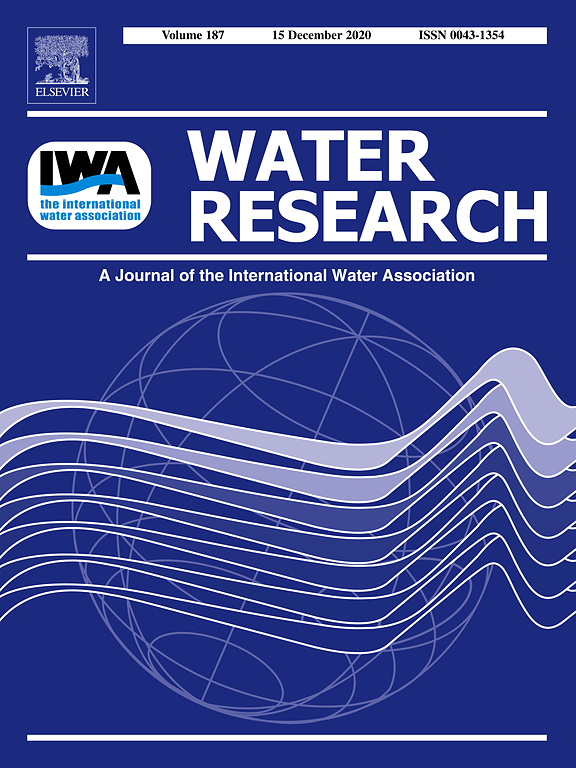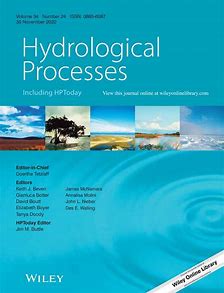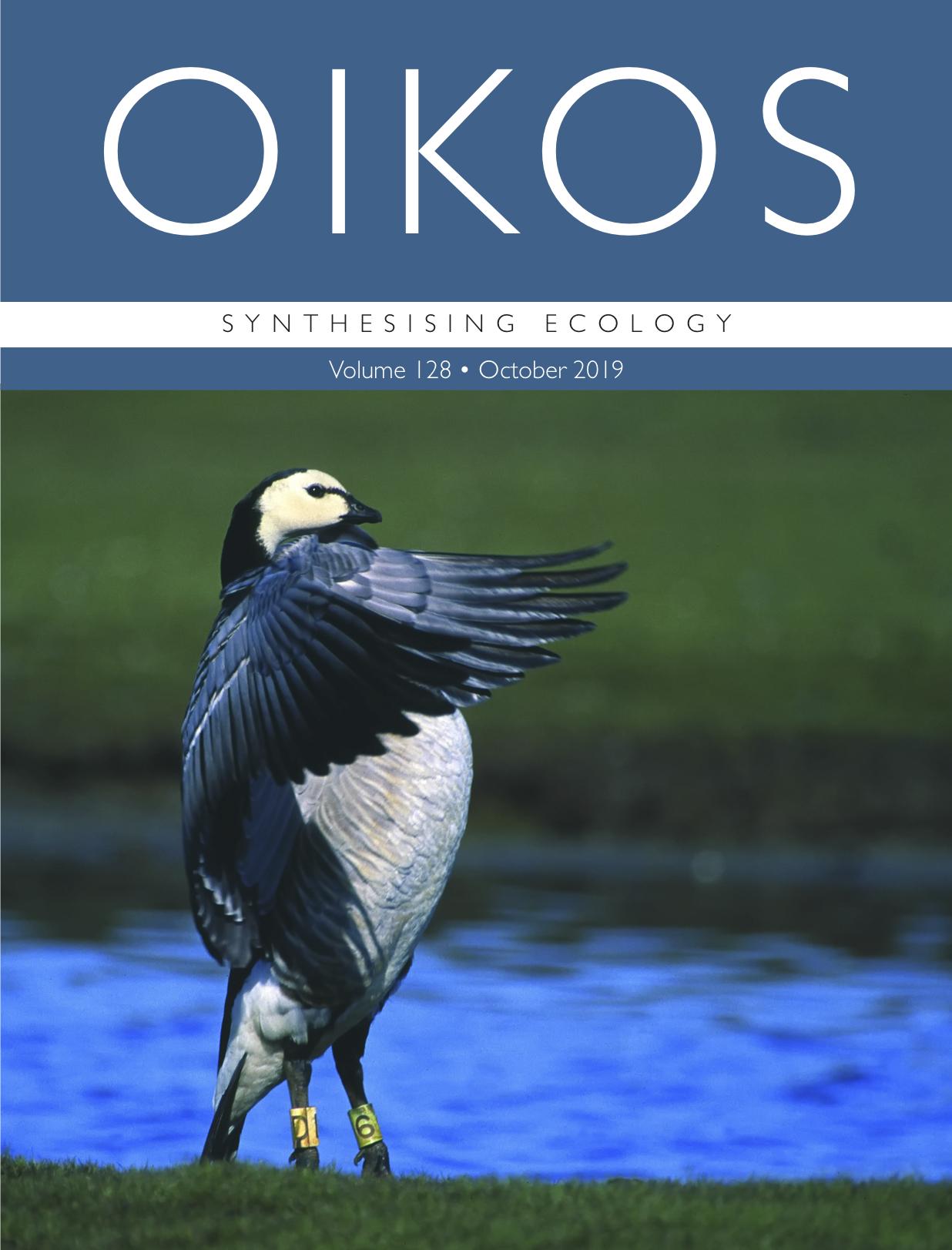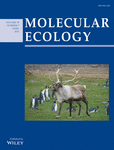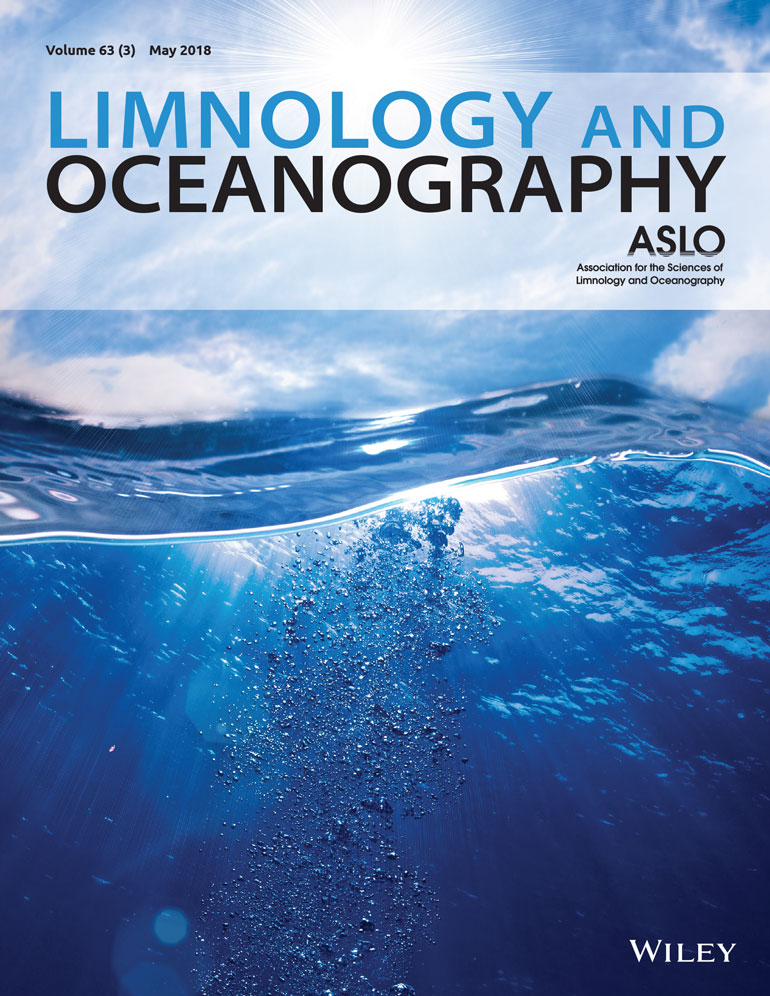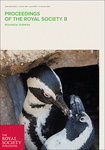The impact of light pollution on bats varies according to foraging guild and habitat context
The authors review how different bat guilds respond to artificial light at night (ALAN) and assess how the impacts vary according to ecological context. All studied European species respond for example negatively to a wide range of light colors and intensities close to roosts and drinking sites. The sprawl of ALAN may be a key factor driving the decline of bat diversity.
Determining hyporheic removal rates of trace organic compounds using non-parametric conservative transport with multiple sorption models
The authors introduced a novel numerical modelling framework that provides reactive parameter estimates of contaminant transformation reactions with high parameter identifiability and informs dominant transformation pathways for joint parent daughter simulations in river sediments. The findings highlight that the daughter reaction rate may be underestimated if its parent transformation is ignored.
Isotope hydrology and water sources in a heavily urbanized stream
The authors studied Isotopes in Berlin’s Panke catchment to understand stream flow sources. Groundwater dominated the upper catchment, but ~90% of flow in the lower catchment was treated waste water. High flows were generated from urban drains. The stream has unnatural hydrological and chemical regimes with restoration needed for improved ecology.
Eukaryotic rather than prokaryotic microbiomes change over seasons in rewetted fen peatlands
The authors investigated the seasonal dynamics in prokaryotic and eukaryotic microbiomes in three common fen types in Northern Germany. The eukaryotic microbiomes showed significant changes in their community structures across the seasons in contrast to largely unaffected prokaryotic microbiomes. The dynamics in eukaryotic microbiomes in the rewetted sites differed between fen types.
Desiccation time and rainfall control gaseous carbon fluxesin an intermittent stream
The scientist allowed sediments of a nutrient-rich lowland river to dry out over 9 weeks to study temporal changes of microbial activity, carbon dioxide and methane emissions, and of the fluxes of water-soluble organic carbon. They also simulated short rainfalls on the dried-up riverbed. The study shows, that after drying up and raining, rivers can release more carbon dioxide and methane.
Rewetting does not return drained fen peatlands to their old selves
Rewetted peatlands have the potential to fulfil the restoration goals including those targeting climate change mitigation, water quality protection, and species conservation. However, due to heavy soil changes their restoration cannot be expected in short-term. Data analyser of several hundred natural and degraded peatlands have shown that it might last decades before they become fully recovered.
Measuring the contribution of evolution to community trait structure in freshwater zooplankton
Using a survey of 20 zooplankton communities, population genetic and phenotypic trait data the authors quantified the impact of local trait evolution of Daphnia magna on zooplankton community trait values. They found spatial variation in the impact of local evolution of D. magna that could be explained by ecological community features rather than by population genetics or environmental features.
Trade-offs between reducing complex terminology and producing accurate interpretations from environmental DNA: Comment on “Environmental DNA: What's behind the term?” by Pawlowski et al., (2020)
Explosive growth in “environmental DNA” studies has led to inconsistent use of the term “eDNA”. The confusion could jeopardize research, conservation, and management efforts. The authors argue that eDNA should be defined by its origin rather than by methods used to detect it, and that studies must clearly distinguish between eDNA from whole organisms and from trace amounts found in shed cells.
How do methodological choices influence estimation of river metabolism?
The authors quantified heterogeneity of rivers and methods and how many small decisions in studies bias outcomes. They identified most representative, replicable, and accurate river metabolism approaches, and suggest best practices to improve value of and confidence in big data aggregation and long term monitoring including: adjust for drift, measure from the thalweg, use local over remote data.
Ecological impacts of water-based recreational activities on freshwater ecosystems: a global meta-analysis
The authors have summarised and evaluated the scientific literature on recreational ecology in a meta-study. Although all recreational activities can have negative impacts on plants, animals and the environment, they conclude that boat traffic and shoreline use have the most consistently negative impacts.



